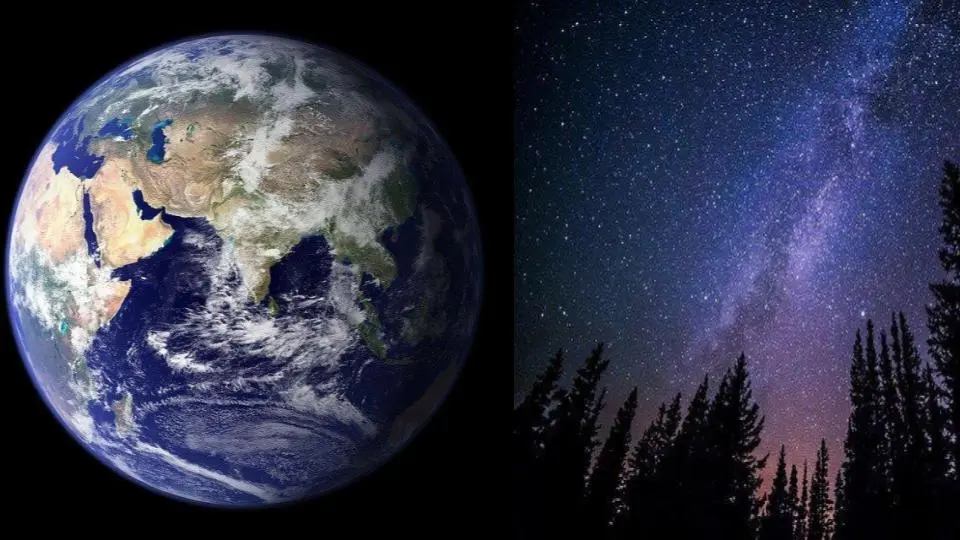Stars are celestial bodies that produce light as a result of thermonuclear fusion at their centre, while planets are celestial objects that revolve around stars in a predetermined way (or orbit).
Here are some key distinctions between stars and planets to help you learn how they differ:
Stars Vs Planets:
What are Stars?
The creation of stars occurs within the dust clouds that exist in the large majority of galaxies.
Stars can be thought of as bright spheres of plasma bound together by gravity.
The stars’ radiance is caused by the nuclear process that occurs in their cores as a result of hydrogen fusion into helium.
The stars seem to be that they twinkle because the light from the star goes through the earth’s atmosphere and seems to twinkle as a function of atmospheric refraction than planets.
What are Planets?
The planet comes from the Greek word “planet”, which means “wanderer”.
The word “planet” refers to celestial objects moving in a fixed orbit around the star.
It is so huge that its gravity forces it to form a spherical shape, but it is not large enough to start a nuclear reaction.
Our solar system’s planets are classified into two groups:
Inner Planets: All of those are planets having orbits that are within the asteroid belt.
Outer Planets: Planets whose orbits extend beyond the asteroid belt.

What is Difference between Stars and Planets?
Planets in orbit revolve on their own axis and continually shift locations whereas Stars are composed of substances such as hydrogen, helium, and other luminous elements.
Planets may appear enormous in photographs, while stars may appear distant and little.
So, what’s the difference? Let’s discuss the difference between stars and planets and how they are similar but not the same.
| Stars | Planets |
| The temperatures in the stars are really high. | Planetary temperatures are rather modest. |
| These are things that create their own light rather than relying on an external factor. | Planets are unable to generate their own light. |
| Stars provide a peculiar glittering effect in the sky. | Unlike stars, planets do not have the sparkling effect. |
| The stars move, but because of the great distance, they can only be observed after a lengthy period. | Planets in orbit revolve on their own axis and continually shift locations. |
| Stars are composed of substances such as hydrogen, helium, and other luminous components. | Planets are composed of solids, liquids, gases, or a combination of the three. |
| A solar system has just one star. | There might undoubtedly be more than one planet orbiting a star, as is generally the case. |
Conclusion:
As a result of the above discussions, you should have a detailed knowledge of the differences between these two, as well as the reasons behind the discrepancies.
When a new solar system is formed, stars develop first, followed by planets, which form later, inside the star’s orbit.
• Section Under Diff